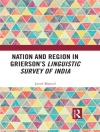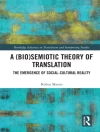In the past years I have spent much of my time writing what in the end has become a very long book about very short words. What has emerged is a complex, but also a clear and empirically founded picture of the structural properties of English tr- cated words as well as an optimality-theoretic model of these properties in the research tradition of Prosodic Morphology. These will be of use to linguists int- ested in the structure of English as well as to those interested in phonological and / or morphological theory. I have deliberately kept separate the empirical analysis and the theoretical account of the data, so that the book can be used by scholars working within OT as well as by those who do not. Finally, the style as well as the structure of the text are such that the book may not only have an academic readership, but may also be recommended as supplementary reading in pertinent university courses at both undergraduate and graduate levels. The project had its origins in a small analysis of a few structural aspects of English truncated names that I did as part of the requirements for a graduate se- nar on Prosodic Morphology at the University of Marburg, taught by Ingo Plag and Birgit Alber.
Inhoudsopgave
English Prosodic Morphology: Morphology.- English Prosodic Morphology: Prosody.- The Patterns.- The Structure of Monosyllabic Truncated Names.- The Structure of Y-Hypocoristics.- The Structure of Clippings.- Constraint Interaction: Word Structure.- Constraint Interaction: Syllable Structure.- Constraint Interaction: Cluster Phonotactics.- Constraint Interaction: Segmental Changes.












